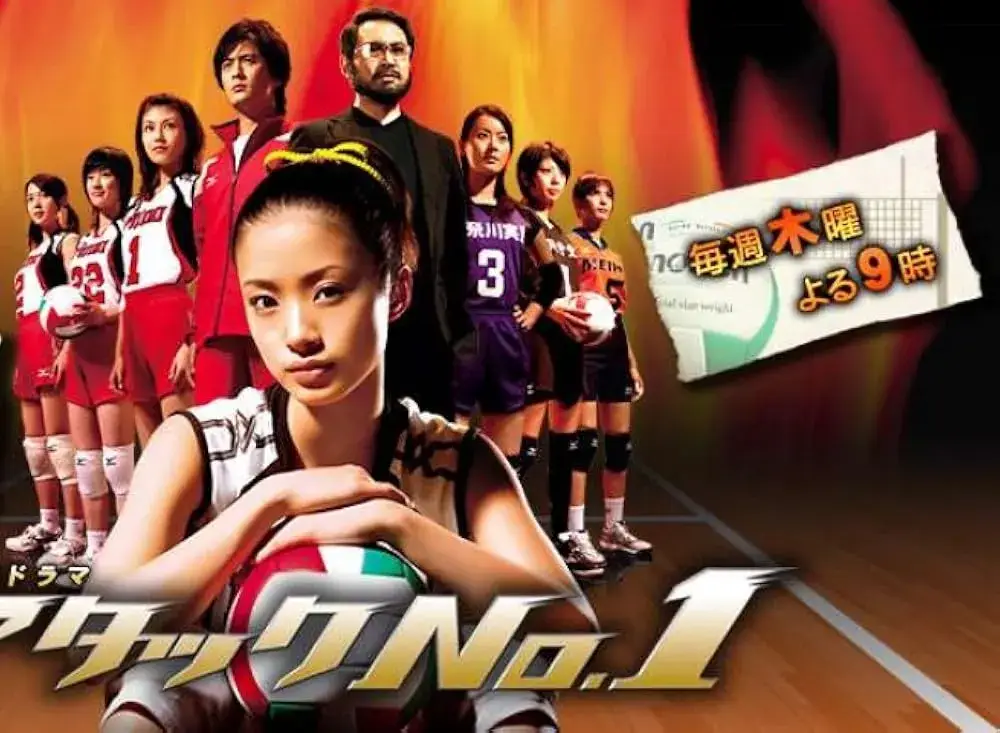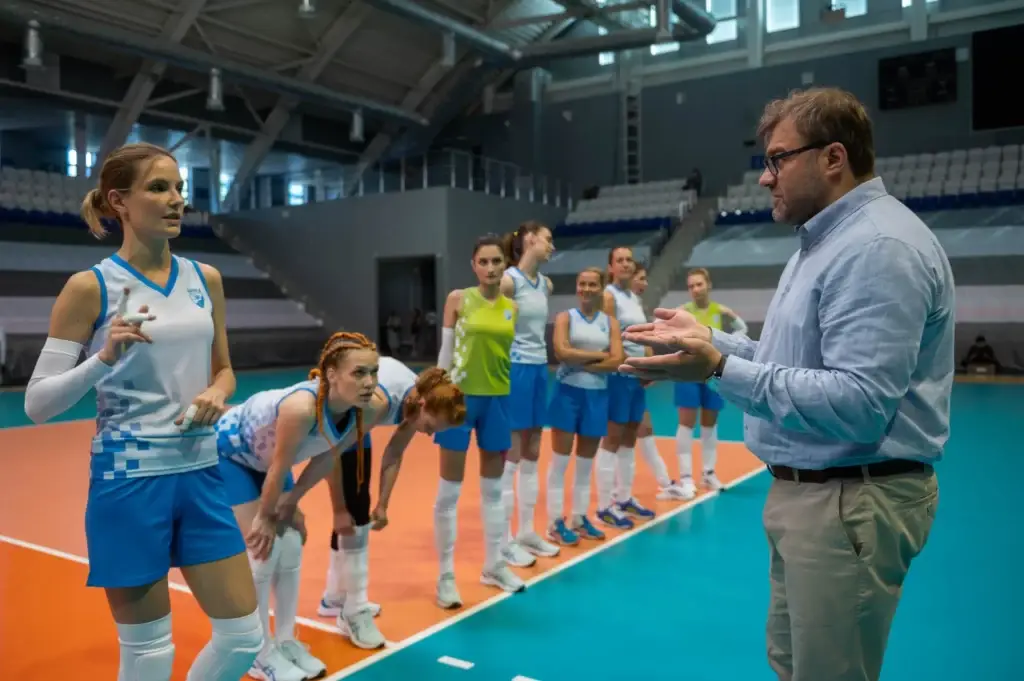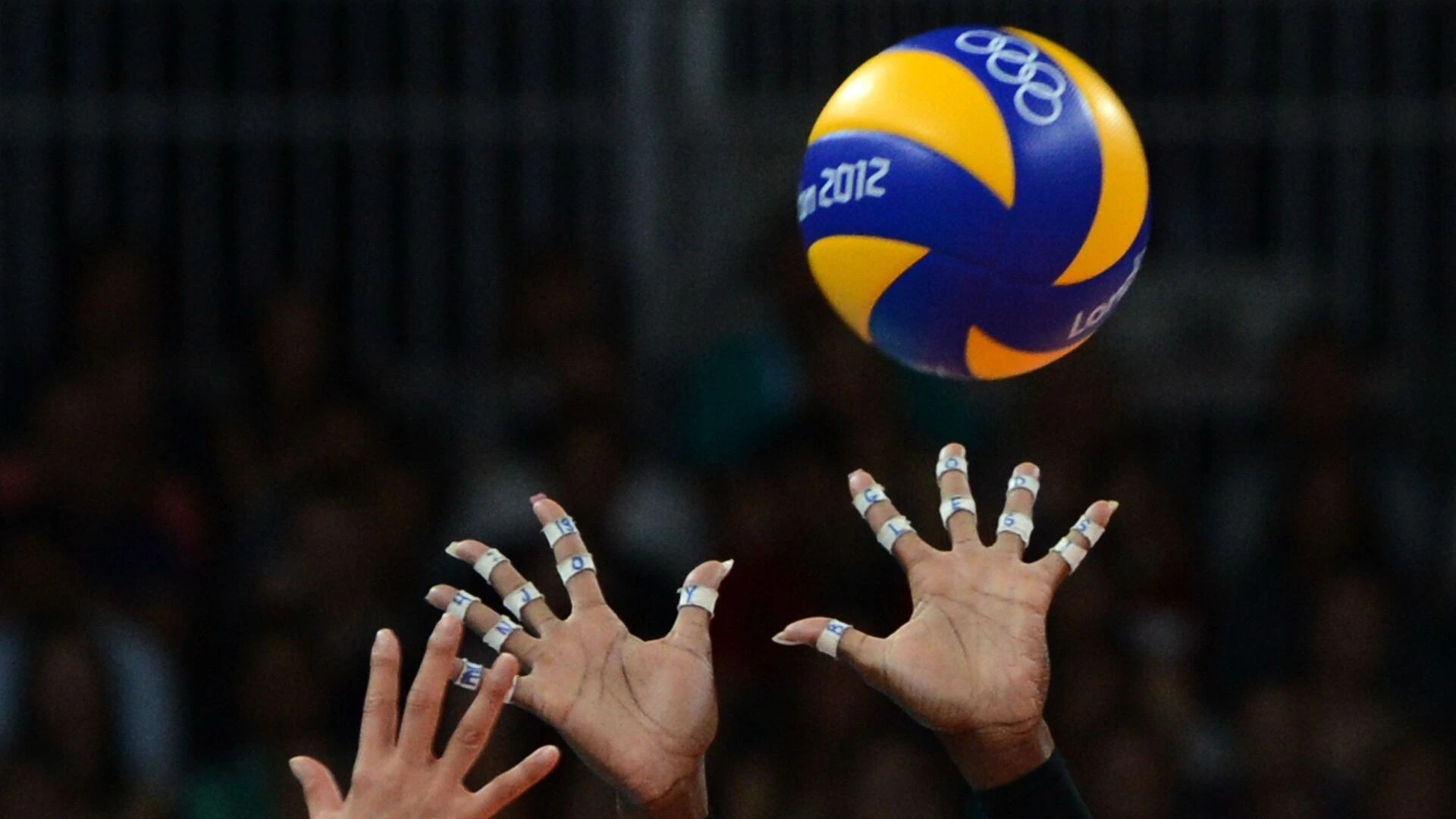Volleyball as a sport has grown rapidly in popularity recently, and for good reason. People are looking for inspiration, stories about overcoming difficulties and teamwork. That’s why series about volleyball have become a real crowd puller. These sports stories are not only about the dynamics of the game, but also about personal experiences, friendship, conflicts and the development of the heroes’ personalities. In each series, viewers see not only training and competition, but the entire journey of the heroes: from their first failures to their triumph on the court. This is why interest in volleyball in the cinema is growing, and more and more people are realising that volleyball is not just a sport, but real life.
‘Haikyuu!!!”: energetic Japanese animated film that conquers the world
‘Haikyuu!!!’ – is a Japanese anime that has become a phenomenon among young people and adults around the world. The story revolves around a young volleyball player, Sho Hinata, who dreams of being successful on the court despite his small stature. This story is about how perseverance and teamwork can overcome all obstacles. The plot is full of poignant moments – every defeat, every victory becomes a personal story of growth. Main characters like Tobio Kageyama and Sho Hinata show the importance of not giving up and believing in your team, even when circumstances seem insurmountable.

Team Karasuno is not just a school, but true heroes
The Karasuno team epitomises the spirit of volleyball. The boys from an ordinary school try to regain their former glory by taking on stronger opponents. Their journey to the top is not just a sporting victory, but a true story about overcoming difficulties, personal complexes and finding their role in the team. It is teamwork and mutual understanding that help them to succeed on the pitch. In each episode, the team faces new challenges and each player plays a unique role, which makes the story of Karasuno particularly captivating.
‘Attack No. 1″: an anime classic about women’s volleyball
 ‘Attack No. 1’ is one of the first anime series dedicated to women’s volleyball. It was released in 1969 and is still a favourite among fans of the genre. The plot revolves around a girl named Kozue Ayuhara who dreams of becoming the best volleyball player in Japan. The picture is a combination of sporting struggle and the heroine’s personal experiences. Volleyball series often focus on team spirit, and ‘Attack No. 1’ is no exception. Kozue’s story shows how dreams and ambition can change lives, even if the road to success is fraught with challenges.
‘Attack No. 1’ is one of the first anime series dedicated to women’s volleyball. It was released in 1969 and is still a favourite among fans of the genre. The plot revolves around a girl named Kozue Ayuhara who dreams of becoming the best volleyball player in Japan. The picture is a combination of sporting struggle and the heroine’s personal experiences. Volleyball series often focus on team spirit, and ‘Attack No. 1’ is no exception. Kozue’s story shows how dreams and ambition can change lives, even if the road to success is fraught with challenges.
Drama and challenges on the path to the dream
Attack No. 1 is about how Kozue and her team overcome many challenges on their way to the top. Constant training, hard physical effort and competing against more experienced teams are challenges that make the heroine stronger. This film stands out among sports dramas because it pays a lot of attention to the personal relationships and emotional development of the heroes.
‘Dyldy”: a Russian series about overcoming adversity and teamwork
‘Dyldy’ – a Russian series that fits perfectly into the volleyball theme. The plot revolves around former professional volleyball player Mikhail Kovalyov, who fate brings to the post of coach of the women’s student team. Despite his difficult character and his scandal-ridden past, Kovalyov takes on the training of the young sportswomen and is confronted with a series of difficulties, both on a sporting and personal level.
The challenges of the coach and the team
The film focuses on the question of how Kovalyov, as a scandal-ridden sportsman, helps the team to succeed with his tough training methods. He is confronted with the players’ lack of preparation, lack of motivation and internal conflicts within the team. Each episode shows how the team overcomes obstacles, develops cohesion and gradually begins to win. This series perfectly illustrates that winning is not just the result on the scoreboard, but also the process of character building.
‘2.43: Seiin High School Boys Volleyball Team”: a realistic drama about a youth team.
‘2.43: Seiin High School Boys Volleyball Team’ is a more modern series that highlights the life of the Seiin High School Boys Volleyball Team. The film shows the internal conflicts, friendship and development of the players, and how important it is to find a balance between personal life and sports. The main characters, Yuni Kuroba and Kimichika Hajama, strive to make their team the best in the region, despite all the obstacles that stand in their way. Volleyball series sometimes remind us that winning is not always about medals and trophies, but about the opportunity to get better and find your place on the team.
Relationships and player development
‘2.43: Being a High School Boys Volleyball Team’ pays a lot of attention to the relationships between the players. Sometimes the team faces challenges not only on the court, but also in their personal relationships. Each player brings their own unique dynamic to the team, which makes the series particularly interesting. This story is not just about volleyball, but also about teenagers coping with the challenges of growing up and finding their place in the world.
Conclusion
 Volleyball series are inspiring examples of how believing in a team and working on yourself can change your destiny. These stories motivate not only athletes, but also those looking for inspiration in life. Sports dramas teach us that the road to success starts with small steps and is never easy, but that is precisely why it is so important.
Volleyball series are inspiring examples of how believing in a team and working on yourself can change your destiny. These stories motivate not only athletes, but also those looking for inspiration in life. Sports dramas teach us that the road to success starts with small steps and is never easy, but that is precisely why it is so important.

There are several important lessons that can be learnt from volleyball series that are applicable not only in sports but also in life:
- Teamwork: volleyball teaches teamwork and how to support each other.
- Overcoming adversity: Athletes are always faced with challenges and overcoming them makes them stronger.
- Self-development: Every training session is an opportunity to improve, every game is a chance to show off your skills.
- Friendship and support: Even in tough competition, it is important to help and respect each other.
 en
en  ru
ru  de
de  ar
ar  es
es  hi
hi  fr
fr  nl
nl  it
it  pt
pt  el
el 



